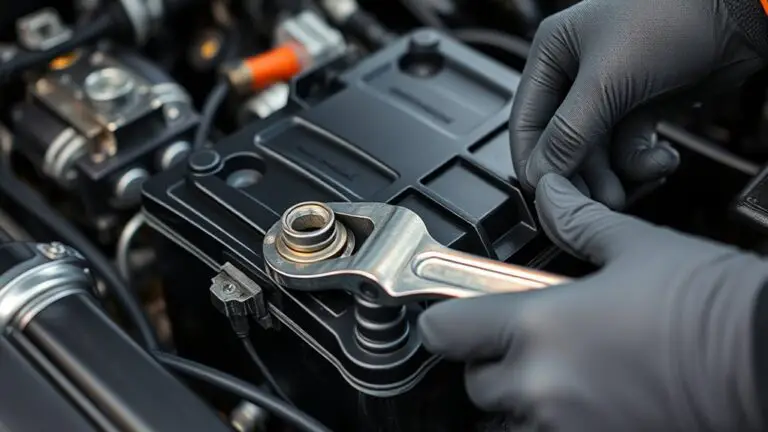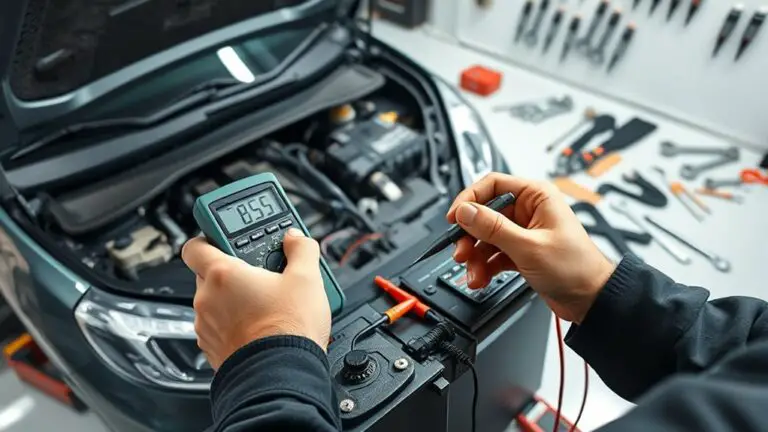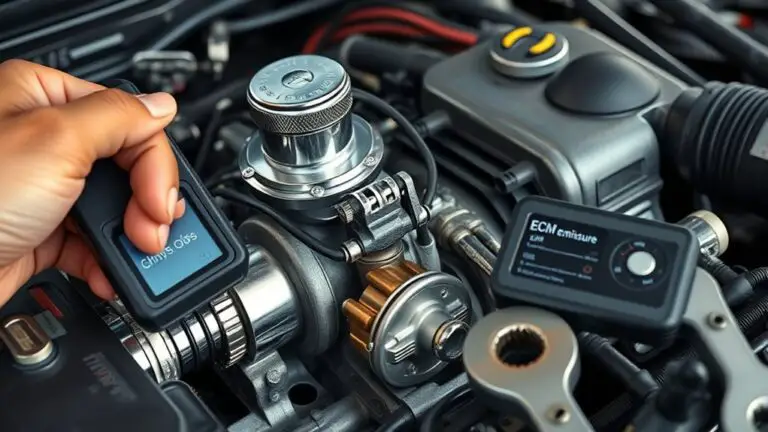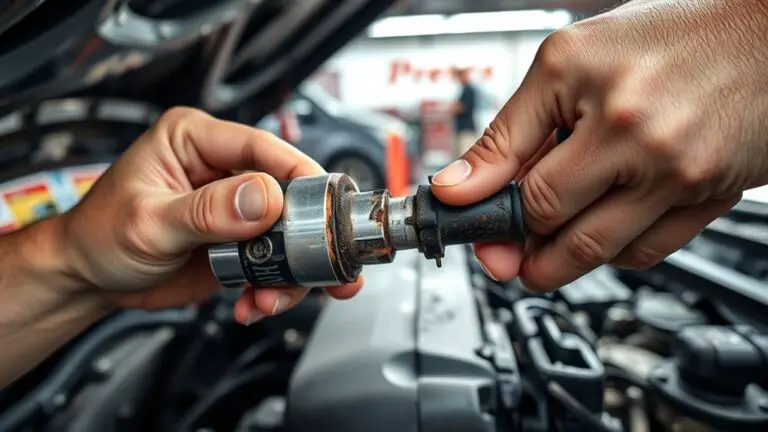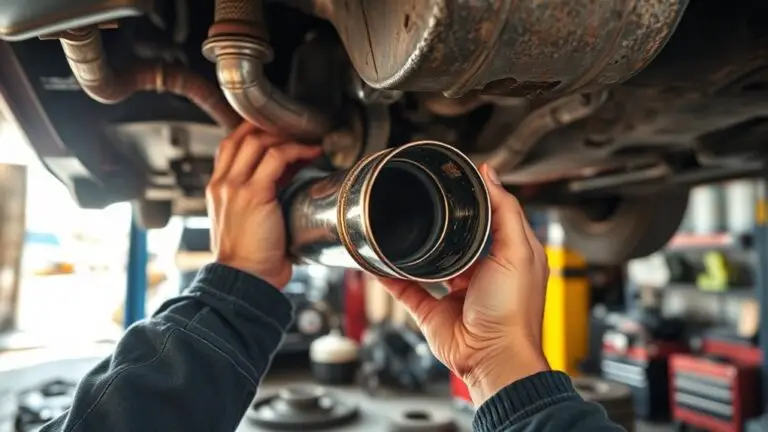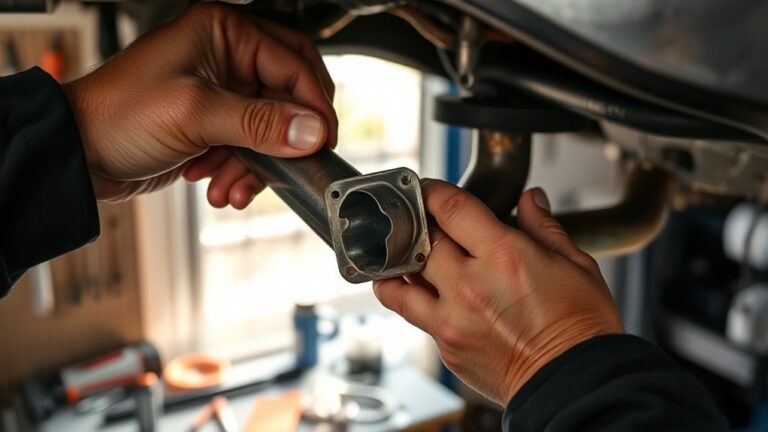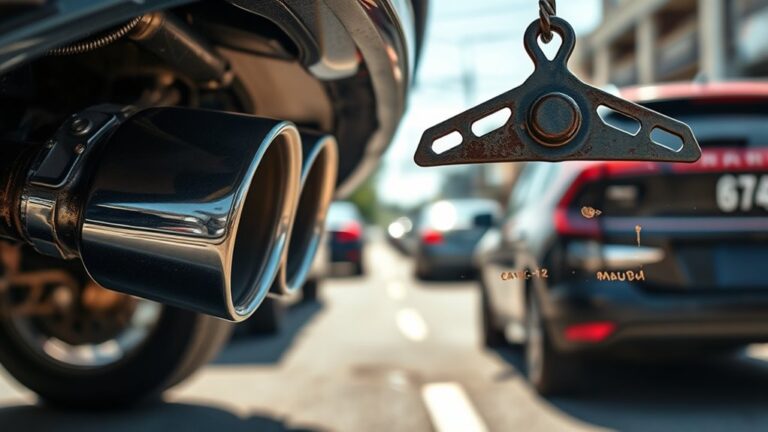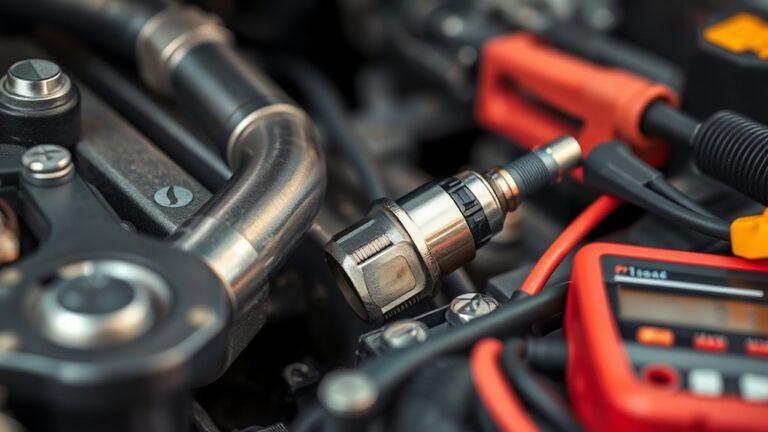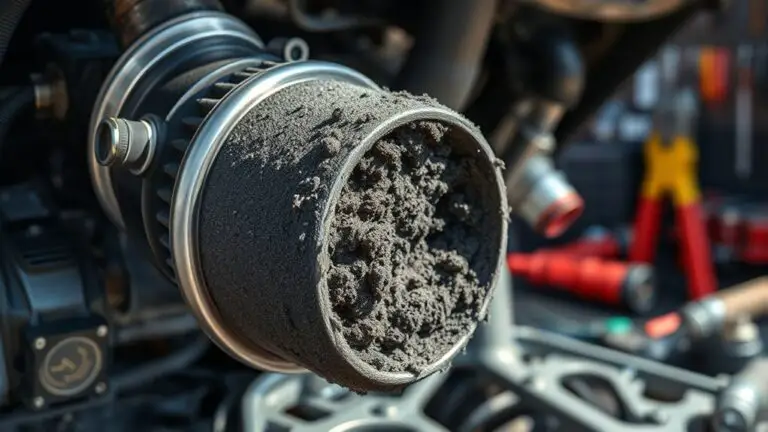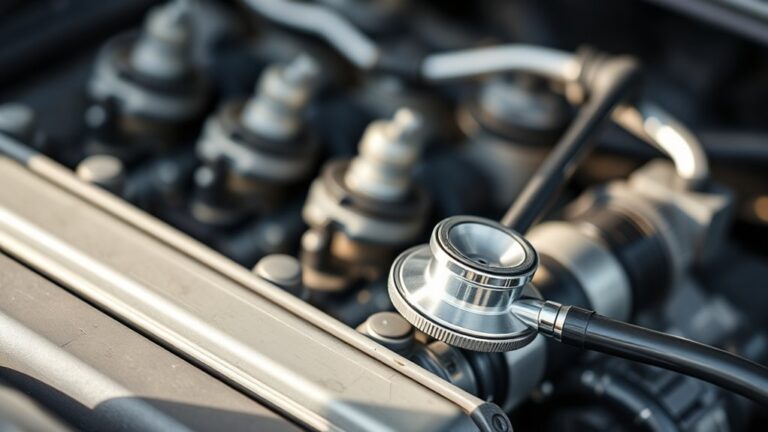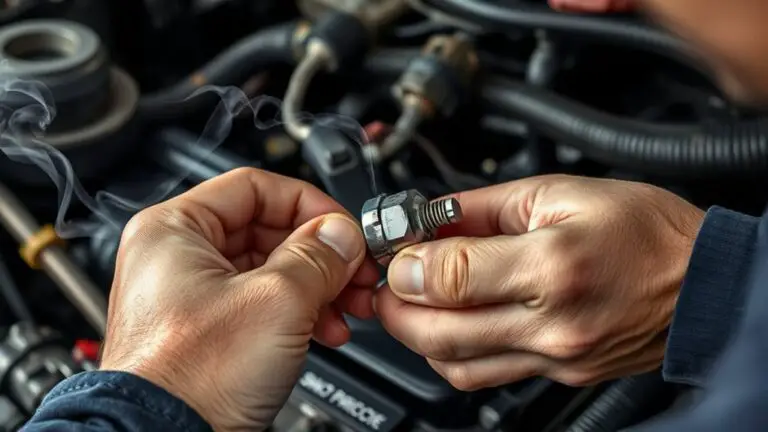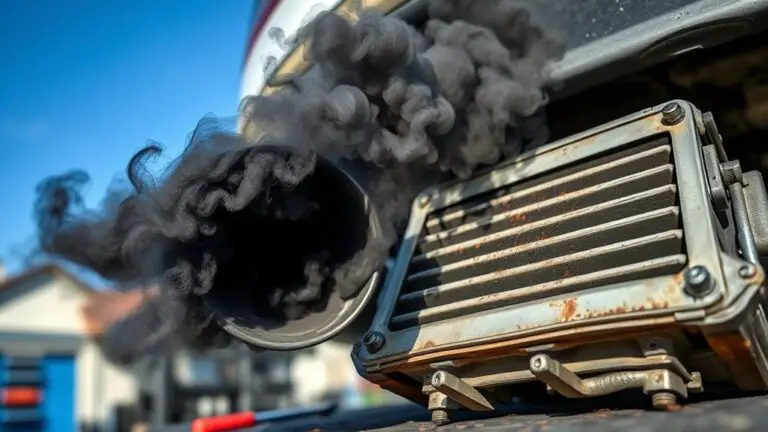Step-By-Step: Replacing AGM Battery to Solve Battery Swelling
Start by moving to a well-ventilated area and turning everything off. Inspect the swollen AGM battery for bulges or leaks, don safety gear, and disconnect the negative terminal first to prevent arcing. Remove the old pack carefully, then verify the replacement is AGM and matches your specs. Clean terminals, connect in the correct order, and…

